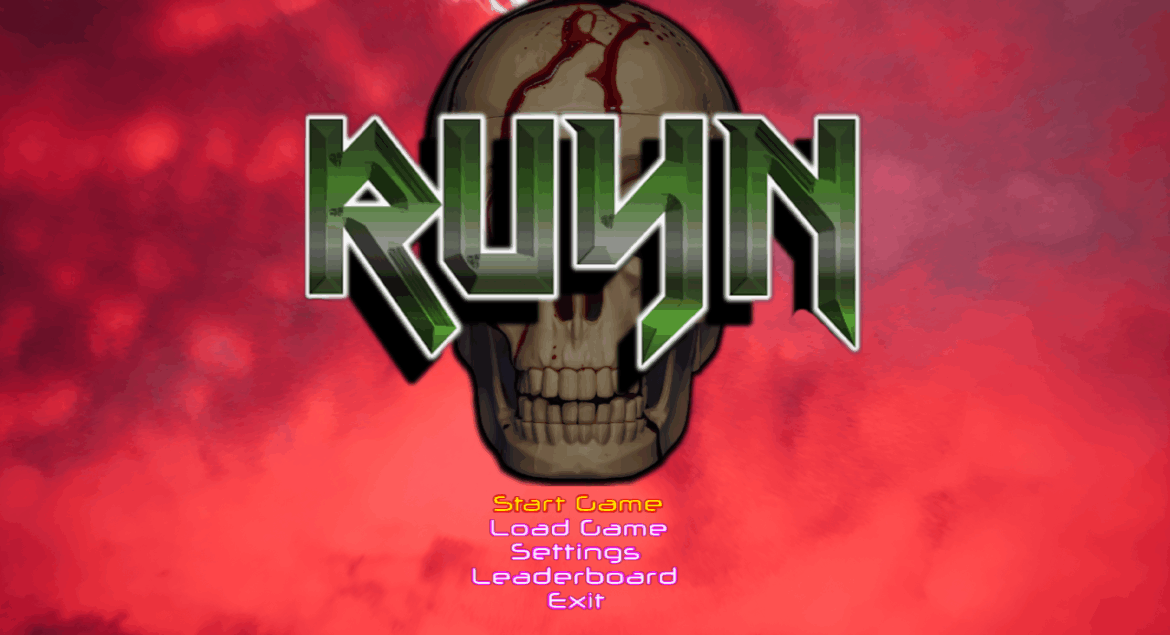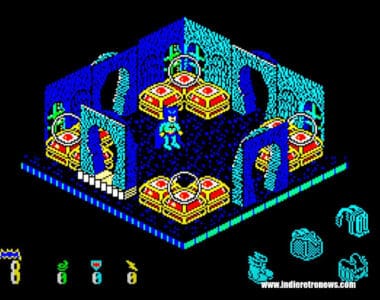



Old School Gamer Magazine interviews Paul Marrable, the developer of Ruyn, who shares insights into the game’s development journey and much more.
Old School Gamer Magazine: What inspired the creation of this game?
Paul Marrable: The game originated when I started working with level editors and tools for an existing title. I was exploring an open-source raycasting game called Anarch, which is beautifully crafted in pure C. My goal was to create an intuitive level editor that my 8-year-old son could easily use, as he is currently fascinated with game development.
The editor turned out to be quite effective, leading me to make various modifications — changing enemies, adding new weapons, and altering game rules — until it blossomed into a unique experience that was genuinely enjoyable. I subsequently released that version on itch.io, calling it Ruyn.
Later, I returned to Unreal Engine and decided to utilize the same foundational level data to create levels within it. Thankfully, that approach was successful, and from there, I focused on refining the gameplay in Unreal until it felt just right. That’s how Ruyn HD came to be.
Old School Gamer Magazine: What’s your role in the game development?
Marrable: Essentially, I handle almost everything! I’m the game designer and programmer, but the art and music are sourced from various asset packs and public domain materials, with some minor adjustments in Photoshop.
Old School Gamer Magazine: How has the development process been?
Marrable: This has been the most enjoyable experience I’ve had working on a game. Knowing I was releasing it for free alleviated a lot of pressure. It’s purely a labor of love, and I’ve delighted in every moment. It took a bit longer than I anticipated, given my full-time job and family responsibilities, but the only pressure came from within myself.
Old School Gamer Magazine: What sets this game apart?
Marrable: That’s a challenging question. While I’m not sure it’s necessarily special, I genuinely enjoy how dynamic it feels. The game is fast-paced and focused, centering on combat and scoring, which I believe shines through in the gameplay.
I’m particularly pleased with the scoring system: it incorporates speed, multipliers, and creative kills, resulting in a rich experience without being overly complicated.
Old School Gamer Magazine: What games have had the biggest influence on Ruyn?
Marrable: That’s easy: the original DOOM. DOOM has always been my favorite game, and my initial foray into level editors and raycasting engines was to better understand my beloved game. The idea was to distill the aspects I loved most about DOOM—its combat and speed—while minimizing secrets and distractions in favor of more direct demon-slaying action.
Old School Gamer Magazine: Were there any memorable moments during development?
Marrable: Honestly, no wild tales—it’s been quite uneventful, though you might say fortunate. I set out to create a game, and I did just that!
Old School Gamer Magazine: What major lessons did you learn?
Marrable: A few key takeaways. On the technical side, I developed many of my own tools—like level editors and online services—that involved a higher initial investment of time. However, this familiarity allowed me to work 4 or 5 times faster during actual game development.
On a broader scale, I realized that making games is far simpler when there’s less pressure. Knowing this would be a free release with no deadlines gave me the freedom to create precisely what I wanted when I wanted it.
Old School Gamer Magazine: How important is it to retain classic gameplay mechanics in new titles?
Marrable: Definitely! Those mechanics were popular for a reason. Some were born from technical limitations, like Space Invaders’ single shot or the fog of Silent Hill. However, most were crafted because they were engaging and enjoyable. That’s why classics like DOOM and Quake still hold value today.
They are simply fun, with mechanics that are precisely what those games needed.
Old School Gamer Magazine: In a crowded marketplace, what makes you stand out?
Marrable: Being a free game certainly gives me an edge, but capturing attention in such a saturated market is still challenging. This game caters to a specific niche, making outreach to the “boomer shooter” community crucial. I actively promote it there to draw players in.
Additionally, offering a streamlined boomer shooter experience helps; it’s super easy to jump into, not demanding more of the players’ time than necessary.
Old School Gamer Magazine: How have your past industry experiences contributed to this game?
Marrable: Past experiences are invaluable, particularly regarding extracurricular tasks—like setting up a Steam page, distributing information about the game, and responding to player feedback.
Each game release feels less intimidating when you’ve navigated the process before.
Old School Gamer Magazine: What legacy do you hope for this game?
Marrable: If it’s remembered at all, I hope it’s recognized as a fun experience—fast-paced and enjoyable, with plenty of explosive action.
Old School Gamer Magazine: What’s next for you?
Marrable: I’m looking into a console release for Ruyn, potentially adding more levels and new enemies to enhance its console-friendliness.
I also want to delve back into some homebrew projects. Currently, I’m about halfway through developing a game for the Mega Drive (Genesis), and I’m eager to create something for the Game Boy as well.
Old School Gamer Magazine: Any final thoughts?
Marrable: No, just a big thank you for having me!
Related
Original article by www.oldschoolgamermagazine.com



